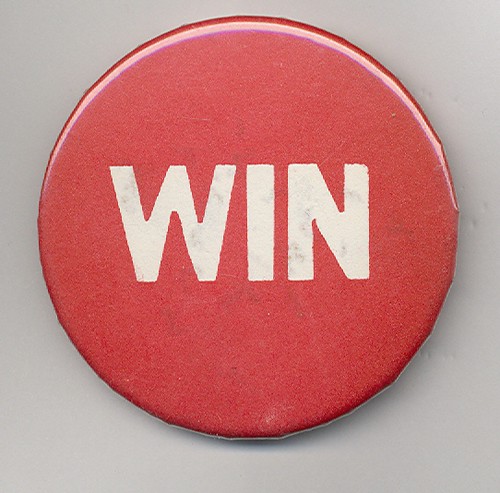No one can be faulted for thinking that the size of someone’s Facebook friends list is a proxy for that person’s level of influence. After all, people who are influential are often also popular, and in a Facebook and Twitter world popularity is measured in friends and followers.
But a new report from Vocus and FutureWorks principal Brian Solis throws a healthy dose of skepticism on the supposed correlation between popularity and influence. The report—provocatively titled “Influencer Grudge Match: Lady Gaga versus Bono”—surveyed 739 marketing and communications professionals who work with influencers to gauge their perceptions of what makes an influencer.
A surprising 90% of respondents answered “yes” when asked whether there’s a big difference between popularity and influence.

Nearly the same percentage, 84%, believed that there was a correlation between an influencer’s reach and his or her ability to drive action. This indicates that respondents made a clear distinction between popularity and reach, and regarded the latter as the key that determines a person’s influence.
The survey did not define any of these terms, so it was up to the respondents to interpret them. From the results, it’s apparent that respondents regarded popularity as the sheer number of contacts on a social network and reach as the ability to actually communicate meaningfully with some number of those contacts. As one respondent put it, “A person can have only a few contacts and greatly influence just those few.”
Asked which type of social network participant would have the most measurable effect on an outcome, 57% picked someone who has “a handful of fans/friends/followers that are tightly connected,” versus 8% who picked someone with “millions of fans/friends/followers with little or no connection.” Quality over quantity.

Despite this data, many marketers are on a seemingly relentless quest to beef up their own social network profiles and reach users with lots of friends and followers. In the Vocus-Solis study, 57% of respondents said they’d be willing to pay for an influencer to help them “drive actions or outcomes.”
Further, Twitter recently unveiled its Promoted Accounts platform, which allows marketers to essentially pay for access to users based on the sizes of those users’ networks. Quantity over quality.
And an eROI study of social metrics tracked by US marketers found that two-thirds tracked changes in the numbers of friends, followers and fans. More qualitative measures such as reach of messaging were much lower on the scale. Again, quantity over quality.

For more on the correlation, or lack thereof, between the size of a person’s social network contact list and that person’s level of influence, stay tuned for the upcoming eMarketer report “Word-of-Mouth Marketing: Leveraging Trust Online and Offline.”





 So, you’ve set up a Facebook page, you have a fully automated Twitter
So, you’ve set up a Facebook page, you have a fully automated Twitter